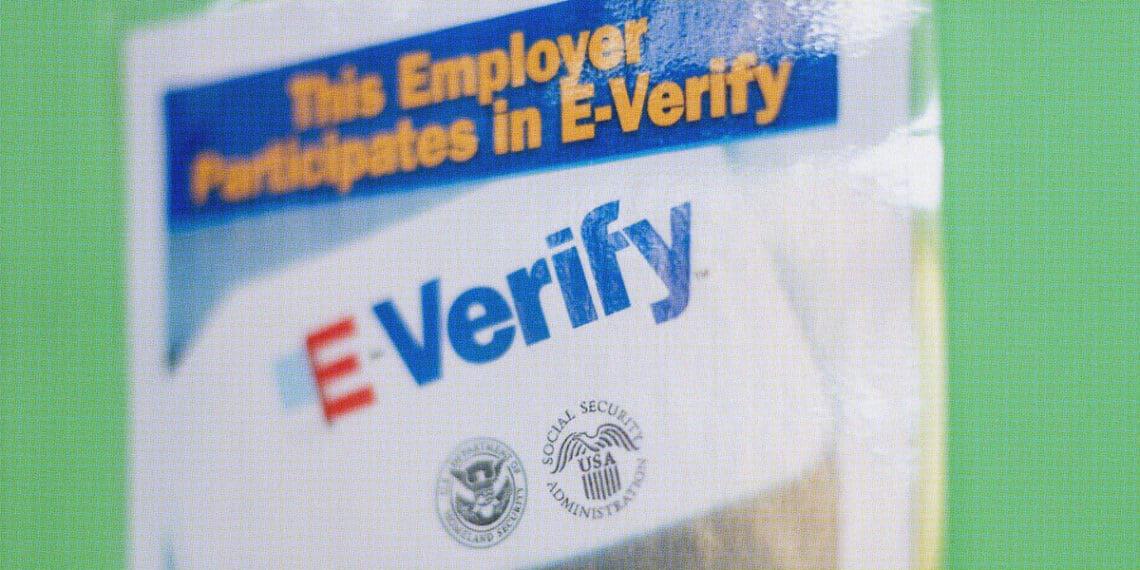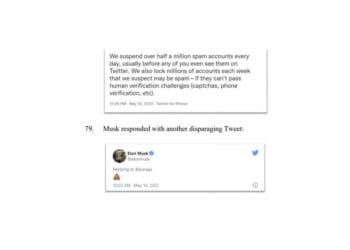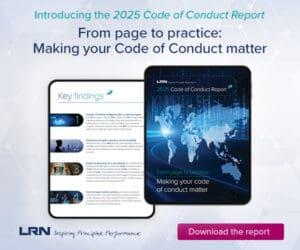We’ve all heard the financial services marketing phrase, “Past results are no guarantee of future performance,” but wealth management professionals know many plan participants just don’t believe that. Wealth management services leader Steven Abernathy explores the pitfalls of recency bias and underlines the importance of proactive communication paired with realistic market framing.
While the mechanics of recency bias are nothing new to wealth management professionals, its real-world implications for retirement plan participants and, by extension, plan sponsors, are more pressing than ever. In investment terms, employees often expect recent high returns to continue indefinitely, leading them to underestimate potential market volatility. This can distort participants’ investment decisions, creating fiduciary challenges for plan sponsors.
For example, data indicates that some 401(k) participants have achieved over 12% in annual returns during specific periods. Fidelity Investments analyzed 1.64 million 401(k) accounts active from late March 2009 through 2019. They found that the average balance surged from $52,600 to $297,700 over that decade, representing a 466% cumulative increase, or nearly a 19% average annual growth rate. This substantial growth was due to consistent contributions and a strong bull market.
Years of sustained positive market performance have, understandably, conditioned many employees to anticipate a continuation of such growth, potentially fostering an unrealistic sense of security. This cognitive shortcut from employees can lead to critical misjudgments in investment strategy, causing participants to chase past performance, misallocate assets or become overly optimistic in the face of impending market shifts. Current economic shifts caused by geopolitical instability, tariff escalations and changing tax policies now threaten these expectations, posing distinct fiduciary risks for 401(k) plan sponsors.
This fiduciary burden means actively protecting participants against their own behavioral tendencies, ensuring that educational efforts don’t just inform but actively inoculate against the pitfalls of short-sighted thinking driven by recent market highs. Historical patterns indicate that market performance inevitably fluctuates, and plan sponsors must proactively address this bias amid heightened federal regulatory scrutiny. For plan sponsors, failing to communicate clearly about realistic market conditions can create legal vulnerabilities.
As Trump Promises Immigration Crackdown, I-9 Landscape Is Poised for Upheaval
From increased worksite enforcement to potential E-Verify mandates, employers face a complex new era of hiring compliance
Read moreDetailsEffective communication & education
Plan sponsors bear the fiduciary responsibility under ERISA to ensure participants are informed about investment risks and the potential impact of changing market dynamics. The Department of Labor (DOL) has recently intensified its examination of how clearly and frequently sponsors communicate investment risks. In several high-profile cases highlighted in recent industry reports, a lack of strong participant education and realistic disclosures has led to significant litigation and regulatory interventions.
For instance, recent court cases involving companies like United Wholesale Mortgage and AT&T illustrate how participant grievances over unclear communication can quickly escalate into expensive lawsuits. Regulatory bodies are holding sponsors accountable for not preparing participants adequately for inevitable market downturns.
Sponsors must refrain from overly optimistically portraying current conditions based on past performance. Reliance on historical successes without clearly articulating potential risks could be interpreted as imprudent or misleading under ERISA guidelines. Communication materials must balance optimistic narratives with realistic appraisals of risk and volatility.
Sponsors can reduce legal exposure by incorporating realistic expectations and risk education into routine disclosures, strengthening fiduciary defenses and promoting participant confidence. Regular communications and participant meetings designed to address market volatility can help proactively manage participant anxiety.
Participant education strategies include targeted webinars, tailored question-and-answer sessions, clear narrative framing around diversified portfolio choices and practical market updates in quarterly statements. By integrating these proactive measures, sponsors strengthen fiduciary defenses and promote participant confidence.
Real-life lessons from recent litigation
Recent court cases offer significant takeaways for plan sponsors. The recent Knight-Swift Transportation Holdings case showcases the importance of clearly documented disclosures. While the outcome was ultimately favorable for the defendants, the extensive and resource-draining legal battle spotlights the immense pressure and financial burden associated with defending claims related to fiduciary oversight. It underscores that even when practices are sound, the demonstration of those practices through meticulous record-keeping is paramount.
Similarly, United Wholesale Mortgage’s ongoing litigation serves as another stark and cautionary tale. This case vividly illustrates how disputes centered on the nuances of plan asset management, even seemingly minor points of contention, can rapidly escalate into full-blown, high-stakes lawsuits that consume time and resources. Such protracted legal battles can damage reputation, divert focus from core business operations and incur substantial legal fees.
These prominent examples collectively show a non-negotiable truth for plan sponsors: the urgent necessity to rigorously document every piece of communication and educational material provided to participants. This isn’t merely about ticking boxes; it’s about building an unassailable defense, proactively mitigating risk and ensuring that participants are genuinely informed about their retirement plan. In an era of heightened scrutiny, comprehensive and accessible documentation is no longer just good practice; it’s an essential line of defense against potential legal challenges.
Long-term commitment to fiduciary excellence
Continuous improvement in participant education programs ensures alignment with market realities. Periodic reassessments of educational content to reflect changing economic conditions and regulatory standards are essential. Regular audits and benchmarking practices help sponsors identify potential weaknesses and implement timely enhancements.
Proactive communication and realistic market framing are critical fiduciary obligations protecting organizations and participants. Employers committed to these practices will be well-prepared for future market uncertainties and regulatory expectations. A consistent focus on strategic education and transparent communications ultimately supports superior retirement outcomes for all participants.




 Steven Abernathy is principal and chairman of the board at The Abernathy Group II Family Office and CEO of Abernathy Daley 401k Consultants. He began his career at Shearson American Express in 1982 as senior vice president of portfolio management before joining Cowen & Co. in 1989 as special limited partner and director of executive services. At Cowen, he developed The Abernathy Group, focusing on asset management for healthcare and technology professionals with an emphasis on value investing. In 1996, he co-founded The Abernathy Technology Research Institute, a registered broker-dealer. Abernathy is a member of the CFA Institute and New York Society of Security Analysts.
Steven Abernathy is principal and chairman of the board at The Abernathy Group II Family Office and CEO of Abernathy Daley 401k Consultants. He began his career at Shearson American Express in 1982 as senior vice president of portfolio management before joining Cowen & Co. in 1989 as special limited partner and director of executive services. At Cowen, he developed The Abernathy Group, focusing on asset management for healthcare and technology professionals with an emphasis on value investing. In 1996, he co-founded The Abernathy Technology Research Institute, a registered broker-dealer. Abernathy is a member of the CFA Institute and New York Society of Security Analysts. 





